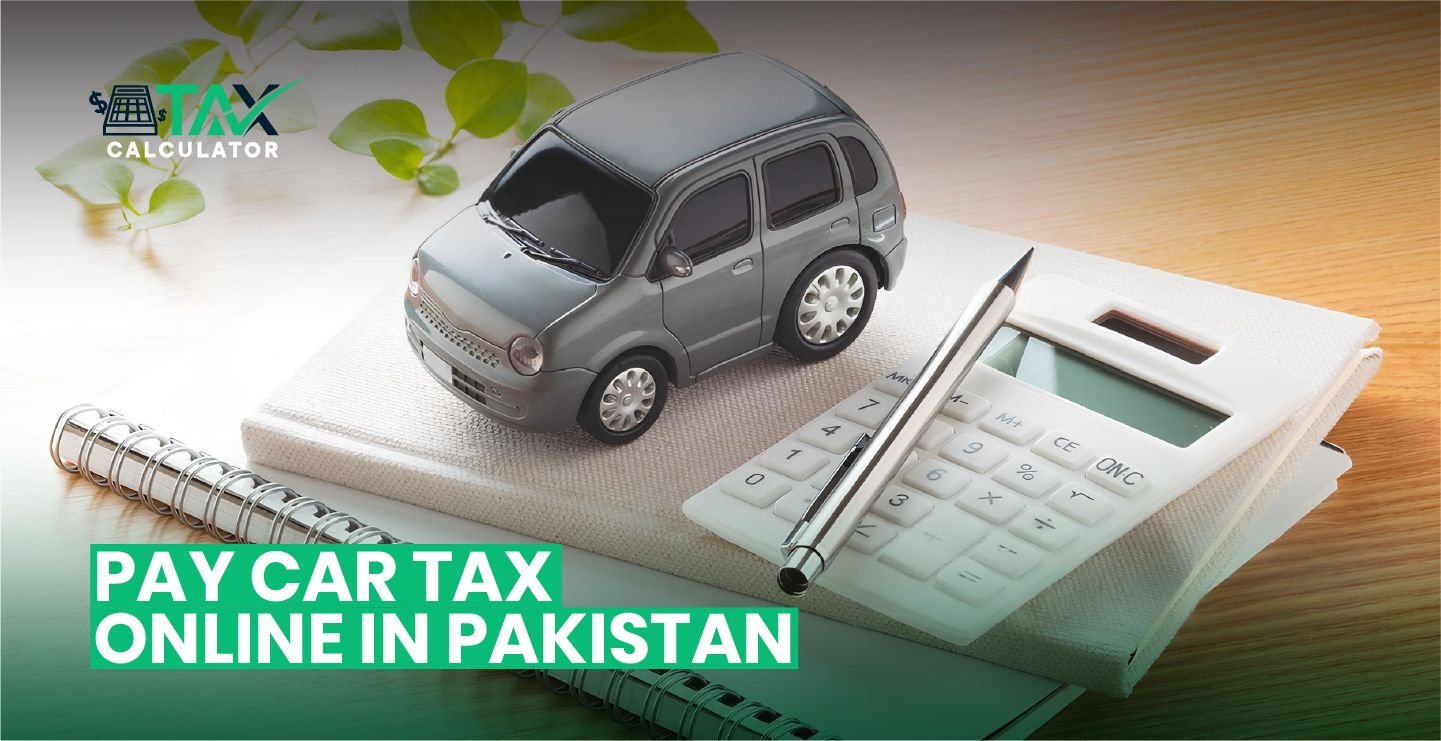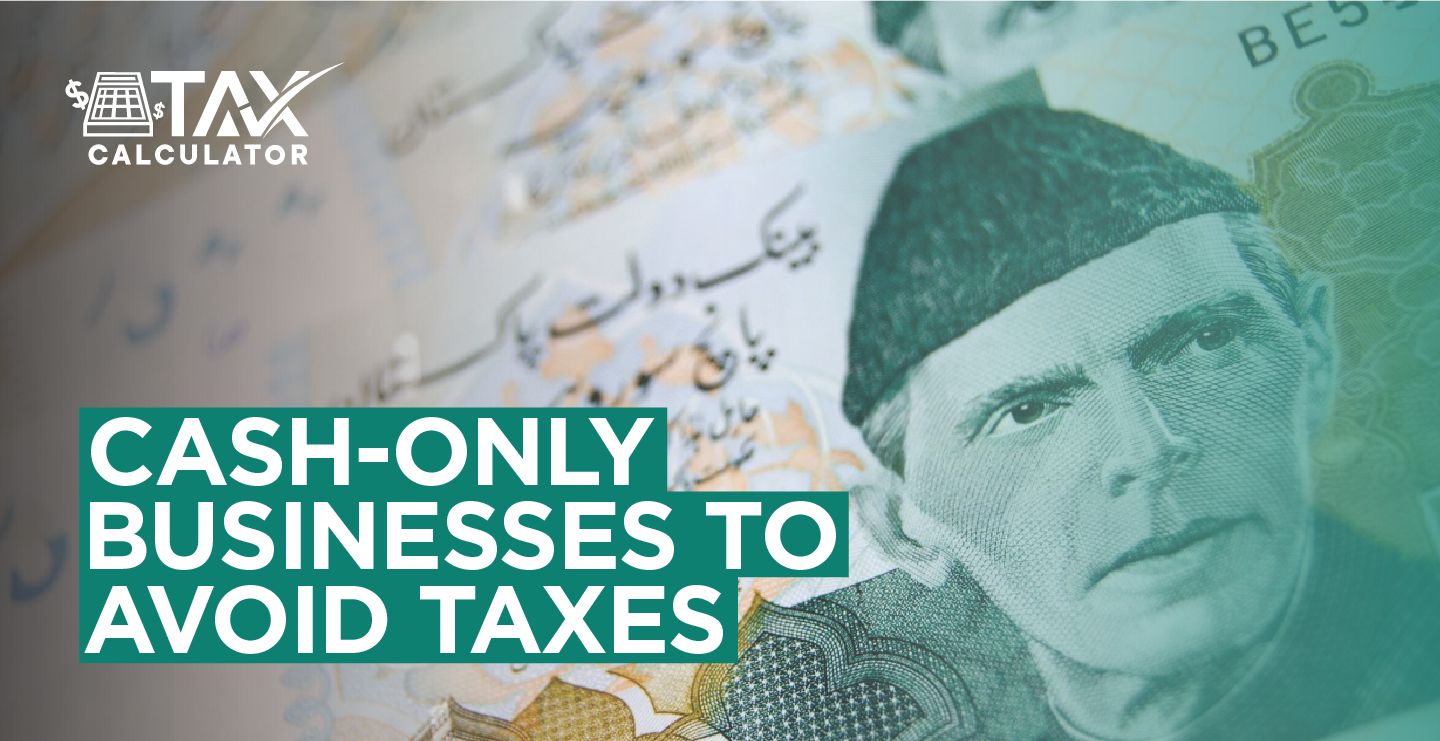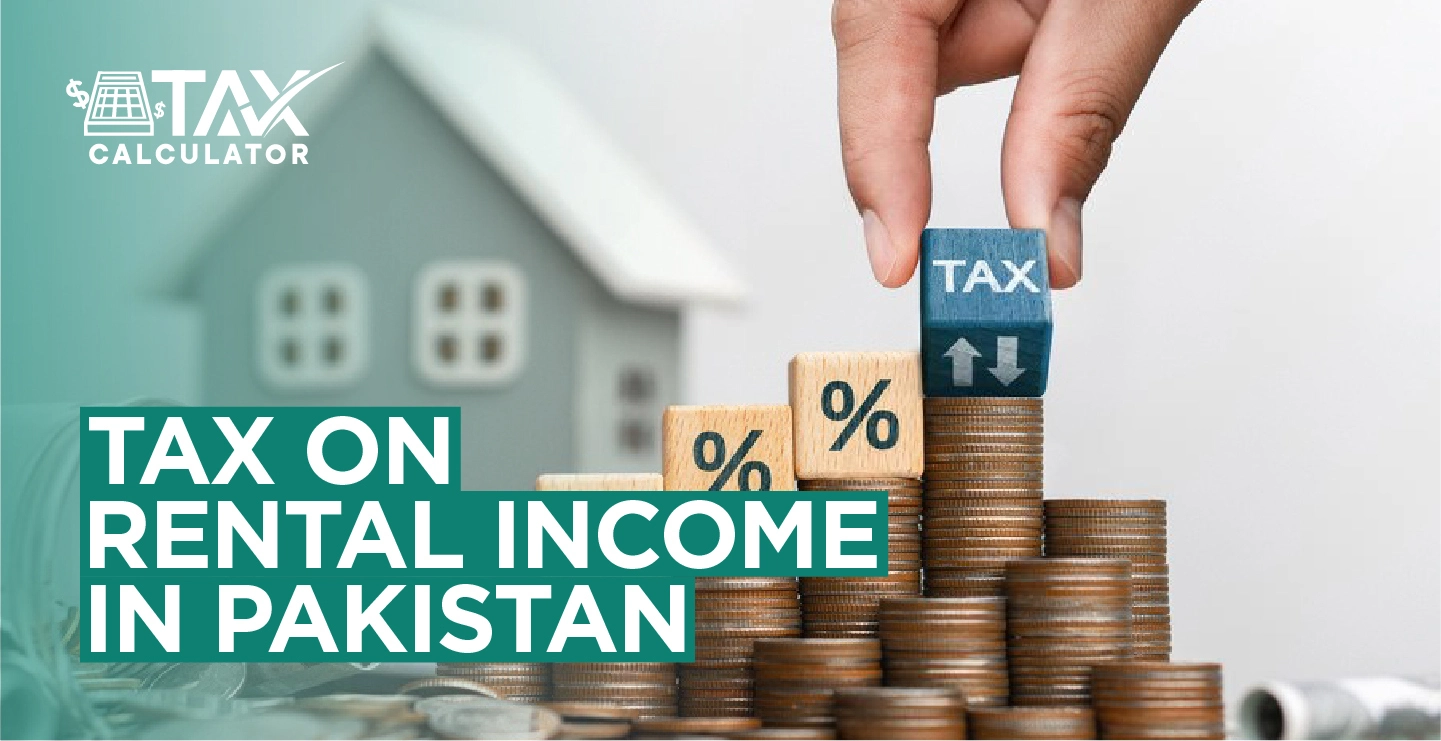Solar panels used to be viewed as a luxury in Pakistan. Now, in the face of load-shedding, rising power tariffs, and climate urgency, they are becoming a necessity. But solar doesn’t come free, and with recent policy shifts, taxes are no longer a sideline issue. Here is what has changed, what is coming, and how much this will really cost you.
What changed in 2025: the reality behind the headlines
- In the Budget 2025-26, the government initially proposed applying an 18% General Sales Tax (GST) on imported solar panels and photovoltaic (PV) cells/parts. (Dawn)
- That proposal drew sharp criticism in Parliament, from industry stakeholders, and from various committees concerned about how it would affect affordability and adoption.
- After consultation, the government reduced the proposed rate to 10% Sales Tax / GST on imported solar panel components. (Business Recorder)
- It appears the exemption that once covered solar panels (especially when fully or completely imported) has been removed or is being reworked. The Federal Board of Revenue (FBR) has started clarifying circulars and SROs to reflect that change. (Pay Tax)
- There are also contingency measures under discussion: should revenues fall short under the IMF agreement, there is a proposal to raise GST on imported solar panels back to 18% in January 2026. (The News International)
Scope: Who & what is covered by the tax
To understand what this means, you need to know exactly which items are taxed and who pays.
| Item / Case | What is taxed now | What was taxed before / Exemptions |
|---|---|---|
| Fully imported panels (complete modules, from foreign manufacturers, already assembled) | Imports of panel parts/components | Certain parts might have been taxed previously, depending on whether used in local assembly, but exemptions were more common. |
| Previously, many imported panels were under exemption or zero-rating via SROs / schedules; full panels had sales tax exemptions in some cases. | Also taxed at 10%, after the revision of proposals. | Subject to 10% GST on imported components & possibly on the entire panel depending on the classification (if “components” definition includes full panel). The proposed 18% was for full imports, but was revised down. |
| Local manufacturing / assembled in Pakistan | Previously, many imported panels were under exemption or zero-rating via SROs / schedules; full panels had sales tax exemptions in some cases. | Previously, there was less pressure/obligation; exemptions helped imported finished products more than components for local manufacturers. |
Who it affects:
- Homeowners or businesses installing imported solar panel systems.
- Installers/importers of solar equipment.
- Local manufacturers, if they import raw materials or components.
- Consumers will feel it through higher upfront costs (panels + shipping + tax) and possibly reduced incentives if other related norms (net metering, etc.) change.
If you want to see how your business income or property income fits under the latest regime, you can check the Pakistan Business Tax Calculator or Withholding Tax on Income from Properties.
How much will this cost you? A worked example
Let’s do a clear calculation to show how much extra you’ll pay, depending on whether the 10% tax applies or if the 18% contingency comes into force.
| Scenario | Cost before tax | Applicable tax rate | Final cost after tax |
|---|---|---|---|
| Scenario A: Panel + components imported, taxed at 10% now | PKR 100,000 | 10% | PKR 110,000 |
| Scenario B: Same panel, but contingency raises GST to 18% in Jan 2026 | PKR 100,000 | 18% | PKR 118,000 |
| Scenario C: Panel still exempt (old supplies or under exemption) | PKR 100,000 | 0% | PKR 100,000 |
Takeaway: The difference between 0% and 10% is an immediate cost increase of ~10%; moving to 18% means almost a 2-times higher tax increment compared to 10%. The timing of your purchase/importation matters.
Want to estimate your broader personal or salary-based tax impact? Use the Pakistan Salary Tax Calculator to see how new GST or income adjustments may influence your 2025 liability.
Official references: Exemptions, SROs & what the law says
- Prior to the 2025-26 budget, solar panels and some accessories were exempt under certain entries in the Sales Tax Act’s schedules (for example: Serial No. 164, Sixth Schedule).
- With the Finance Act 2025 and related SROs / Sales Tax Circulars (Circular No.2 of 2025-26), those exemptions are being withdrawn or modified. (Pkrevenue.com)
- FBR has clarified that while finished (completely imported) panels had different treatment, now the components and assemblies are also brought into the taxed regime. Local manufacturing is part of the policy discussion, for example, to create “a level field” between imported finished panels and local assemblers.
If you deal in property or investment income, also review how Capital Gain Tax on Properties and Capital Gain Tax on Mutual Funds are structured, as they reflect a similar tightening of exemptions.
Why is the government doing this? Risks and trade-offs
There are several forces pushing this shift:
- Revenue Requirements & IMF Commitments: Pakistan has agreed under its IMF program to broaden the tax base, reduce exemptions, and raise revenues. The solar-panel tax proposal was part of that.
- Protecting local industry: Local manufacturers argued that imported finished panels have an unfair cost advantage when less taxed, while components for local assembly faced bigger input costs without commensurate relief. Equalizing tax treatment is intended to support local value creation.
- Grid/utility implications: Solar adoption is growing fast. Usage of rooftop/household solar means less electricity drawn from the grid, which in turn affects revenue streams, capacity payments to power producers, etc. The government sees rising solar adoption as both an opportunity and a risk to fiscal stability.
- Political pressure & public affordability: Many parliamentarians, consumer advocates, and industry stakeholders pushed back, saying a heavy tax will slow adoption and hurt ordinary citizens who are turning to solar as a hedge against unreliable grid and rising tariffs. That backlash is what led from 18% → 10%. (MM News)
What you can do: Tips & timing
To reduce your tax burden or avoid surprise costs, consider these steps:
- Buy early, if you can. If the 10% rate is already in effect (after formal notification), catch that before any further increases (the possible 18% from Jan 2026) happen.
- Ensure proper classification. Products must be correctly classified under HS/Customs (full modules vs components) to avoid paying higher taxes by mistake. Check with customs or FBR Online Verifications.
- Use registered suppliers. This helps if any input tax offsets or claims are possible, and ensures you get valid documentation.
- Check local manufacturing options. Sometimes local assembly + installation + lower shipping can partially offset tax costs. Also, local manufacturers may lobby for more incentives. You can assess related taxes through the Pakistan Builder Tax Calculator or Pakistan Developer Tax Calculator.
- Watch for SRO / FBR announcements. Many changes are in circulars or very recent legal notices. Delay or misinterpretation can cost you.
- Negotiate quoting timing. If you’re an installer, price your quotes understanding that costs might rise if contingency measures kick in. Be transparent with clients.
FAQs
Are solar panels taxed now in Pakistan (2025)?
Yes. As of the Budget 2025-26, the government has introduced a 10% GST / sales tax on imported solar panel components (and possibly full panels, depending on classification). What was earlier an exemption in many cases is being withdrawn.
Was the 18% GST ever fully approved or in effect?
No. The 18% proposal was put forward, but rejected by the National Assembly / Senate finance committees due to concerns around cost, access, and clean energy goals. It was revised down to 10%.
Could the GST go back up to 18% in the future?
Yes. There is a contingency measure under consideration as part of the IMF-Pakistan agreement that could raise GST on imported solar panels back to 18% from January 2026, if revenue shortfalls or other conditions are triggered.
Do local manufacturers get any exemptions or reliefs?
Local manufacturers have been part of the discussion. The goal is to reduce disparity between finished panel importers and local component‐assemblers, so that the local industry can compete more fairly. However, as of now, most relief/exemptions are being removed, especially those that favor fully imported items.
What to watch & what may come next
- Watch for Sales Tax Circulars from FBR (Circular No.2 of 2025-26) that spell out exactly how the law is implemented. Case law, notices, classifications, definitions of “components”, “assembled vs finished” will matter.
- Keep an eye on the budget speech and any IMF reviews/compliance letters; those are where contingency measures are codified.
- Monitor changes in net-metering rules (buy-back rates, metering classification) and import duty/customs duty for solar accessories and inverters, which are often taxed separately and can significantly add cost.
- Legal / trade-policy developments, such as local industry may lobby for further exemptions, or court cases might challenge certain tax treatments.
You can also calculate other relevant taxes using these official tools:
Bottom line
Solar panels are no longer tax-free in Pakistan. As of the 2025-26 budget, importing panels or their components will cost you an extra 10% sales tax, with the possibility of this rising to 18% under certain Islamabad-IMF arrangements. If you’re planning to buy, import, or install, the time to move is now.
Just plan ahead before tax rates possibly climb. Stay alert to official notices, classify properly, and always get valid invoices. In the end, smart planning can save you thousands of rupees.
You can quickly calculate your tax online using the paktaxcalculator.pk to get accurate results based on your income or gains.
Still have questions about your taxes? Reach out to us or call directly at +92 321 6306286. Our team is ready to help you one-on-one.



